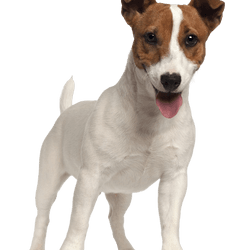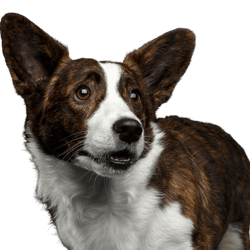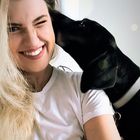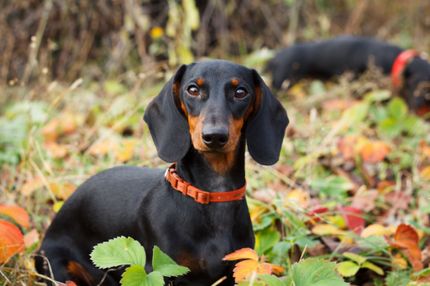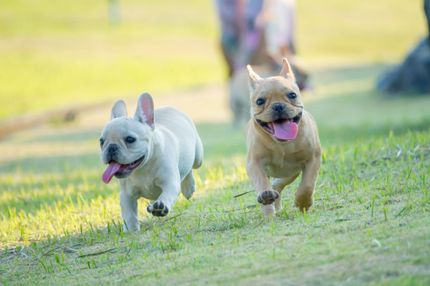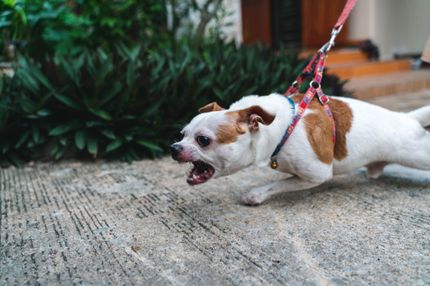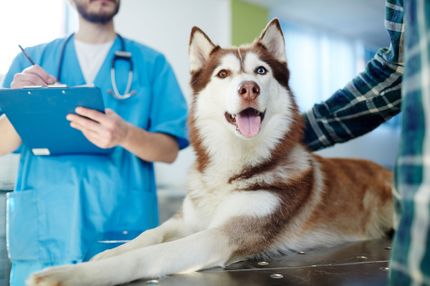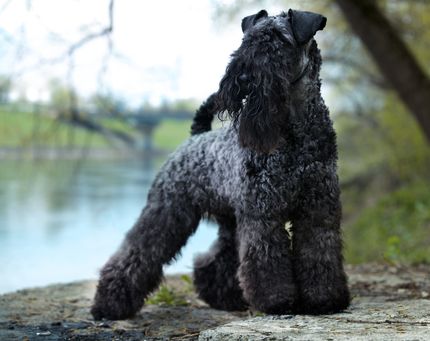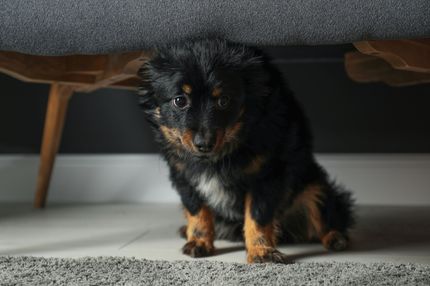Facts & Origin
Origin and development of the Cojack
The Cojack is a comparatively young hybrid breed resulting from the crossing of a Welsh Corgi (mostly Pembroke, but also Cardigan) with a Jack Russell Terrier. The aim of this combination was to unite the intelligence, working speed and alertness of both breeds in a smaller, energetic companion dog. As this is a designer or hybrid breed, there is no uniform breeding standard - appearance and character can therefore vary from litter to litter.
Name variants and synonyms
The name Cojack is a logical combination of the first syllables of the two original breeds - Corgi and Jack Russell. Sometimes it is also referred to as a Corgi Jack Russell mix or simply as a Corgi-Terrier mix, especially if no targeted hybrid breeding has taken place. In breeding circles, however, the name Cojack is the most common name.
Criticism of hybrid breeding
As with many designer breeds, there is also criticism of the Cojack. The main criticism is directed at uncontrolled reproduction without regard to health or character traits . As both parent breeds already have very independent personalities, an ill-conceived mix can lead to dogs that are difficult to train or unbalanced. In addition, it is not guaranteed which hereditary traits will dominate - which can make breeding, care and behavior unpredictable.
| Alternate Name | Corgi Jack Russell Mix |
| Origin | England |
| Life expectancy | 12 - 16 years |
| Care requirements | low-maintenance |
| Activity level | high - average |
| FCI group | not recognised |
| AKC group | not recognised |
| KC group | not recognised |
More Jack Russell Terrier mixes
More Corgi mixes
Attitude, character and temperament of the breed
Possible character traits
The Cojack is generally smart, lively and very people-oriented. It has the energy and hunting instinct of the Jack Russell Terrier, coupled with the alertness and loyalty of the Corgi. This makes him an attentive and playful dog who needs clear but loving leadership. It is capable of learning, but often has a mind of its own and can be prone to undesirable behavior when bored. With consistent training, mental activity and sufficient exercise, the Cojack will develop into a loyal and entertaining companion - ideal for active people or families with experience in dealing with dogs.
Character
Usage
Possible common diseases and care
Like many mixed breeds, the Cojack is often genetically more robust than purebred dogs, but breed-typical diseases can still occur in both parents. These include intervertebral disc problems (due to the Corgi line), patellar luxation and occasionally eye diseases. A regular check-up by a vet is recommended. Nevertheless, the Cojack is usually easy to care for: its coat only needs to be brushed occasionally to remove loose hair. Occasional trimming may be necessary for wirier coats. Dental care and regular claw and ear checks are also important.
What does this crossbreed look like?
The Cojack has a varied appearance, which strongly depends on which parent type is genetically dominant. Typical features include a compact, muscular build with short to medium-length legs - the body shape is often reminiscent of that of a corgi, while the head or coat can be more typical of a terrier. The coat is usually short to medium-long, dense and smooth, sometimes slightly wiry. Many colors are possible in the Cojack: from white with markings to brown, black or tricolor variants, everything is represented. The ears can be erect, semi-erect or drooping, which also contributes to its charming yet alert expression
| Fur length | short |
| Fur | rough-haired - flat coated |
| Ear shape | Tilt-ear - Standing Ears |
| Tail | lang |
| Anatomy | sporty, hefty |
| Size ♀ | 25 - 38 cm |
| Weight ♀ | 6 - 12 kg |
| Size ♂ | 25 - 38 cm |
| Weight ♂ | 6 - 12 kg |
| Suitable For | - |
Known Diseases
Cataract
Cataracts are still one of the most common causes of blindness, even in dogs.
Numbness
Often occurs in old age.
Ataxia
Ataxia (from Greek ἀταξία ataxia 'disorder' 'irregularity') is a generic term in medicine for various disorders of movement coordination. Ataxia can occur even when there is no paralysis (paresis), that is, when there is normal muscle strength.
Atopy
Canine atopic dermatitis or environmental allergy is characterized by itching with scratching, biting, and rubbing of the face, paws, and belly
Dermatophytosis
Dermatophytosis (synonym dermatophytosis, from ancient Greek τὸ δέρμα derma, German 'skin' and ancient Greek φυτόν phyton, German 'plant') or tinea (Latin for 'woodworm', 'moth') is a skin fungal disease caused by specific fungi (dermatophytes).
extreme whiteness
May be associated with some other diseases.
Legg-Calve-Perthes
Legg-Calvé-Perthes disease (aseptic femoral head necrosis) is a growth disorder of the femoral head.
Dislocations
Lenticular and patella luxation occur in some breeds and affect the eye.
Myelopathy
Degenerative myelopathies of dogs are a series of slowly progressing neurological diseases associated with destruction of the spinal cord. These diseases are associated with slowly progressive movement disorders of the hindquarters.
FAQ
-
A cojack typically has a short, strong build with a fox-like face. The coat is usually white with black or brown markings.
-
Cojacks usually weigh between 4-6 kg and are 38 cm high.
-
Jack Russell Terriers and Corgi mixes are generally active, intelligent and playful. Sometimes they can also be headstrong and stubborn.
-
Cojacks are generally good pets for families with children. However, they are not the best choice for households with small pets or very young children, as their high energy levels and hunting instincts can tempt them to chase smaller prey.
-
Cojacks need daily exercise and lots of attention. They also need to be brushed regularly to maintain their coat. Claw and dental care is also important.
